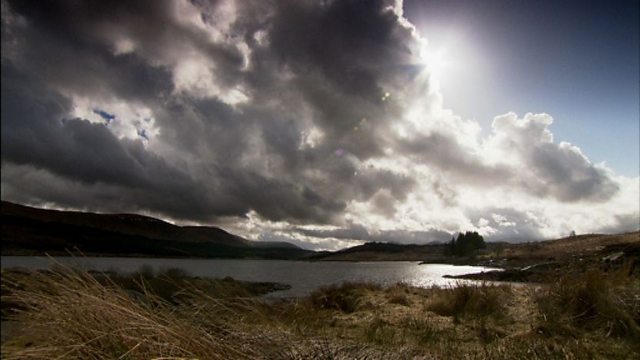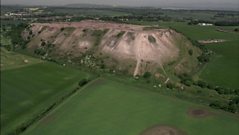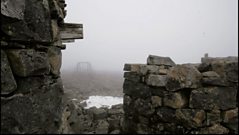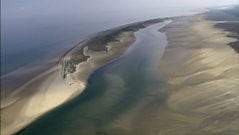
The Lochs of Galloway Forest
The Central Belt contained one of the richest seams of coal in Britain and by 1870, 17 million tonnes was being extracted to fuel the industrial furnaces of Glasgow. During the 19th Century, Glasgow was a boom town.
The Central Belt contained one of the richest seams of coal in Britain and by 1870, 17 million tonnes was being extracted to fuel the industrial furnaces of Glasgow. During the 19th Century, Glasgow was a boom town. It resonated to the sounds of the industrial revolution, the clank of metal, the roar of machines. It was a city full of smokestacks pumping out noxious fumes.
The factories and the men who ran them transformed Glasgow; they turned it into the workshop of the world. This furious transformation came at a price. While the effects of that pollution on people, and on buildings was plain to see, its effect on the atmosphere was not.
The beautiful lochs high up in the Galloway forest are miles away from anywhere; for generations the waters have been popular with local fishermen. At the end of the 19th Century the fish - mainly brown trout - had almost entirely disappeared from the lochs. Those that remained were horribly deformed. Often with half a tail or fins were missing.
Various theories were offered up – a favourite being that the fish scraped themselves against the sharp bedrock. It wasn’t the rocks that were causing the deformities, it was pollution. Noxious pollutants were being pumped from the coal fired engines of Northern Ireland, Northern England and Scotland. Gases like sulphur dioxide. When these emissions made contact with water in the atmosphere, sulphur dioxide turned into sulphuric acid. It fell as acid rain into the lochs of south west Scotland; and the fish were poisoned and deformed. The moral of the story is simple. What goes up must come down and a forewarning that human activity could alter the atmosphere.
Duration:
This clip is from
More clips from The Climate
-
![]()
Bathgate, West Lothian
Duration: 02:49
-
![]()
Ben Nevis
Duration: 02:06
-
![]()
Culbin Sands (The Little Ice Age)
Duration: 04:23
-
![]()
The Grind Of Navir (Shetland)
Duration: 03:13
More clips from Making Scotland's Landscape
-
![]()
The Grind Of Navir (Shetland)—The Climate
Duration: 03:13
-
![]()
Culbin Sands (The Little Ice Age)—The Climate
Duration: 04:23
-
![]()
Ben Nevis—The Climate
Duration: 02:06
-
![]()
Bathgate, West Lothian—The Climate
Duration: 02:49





